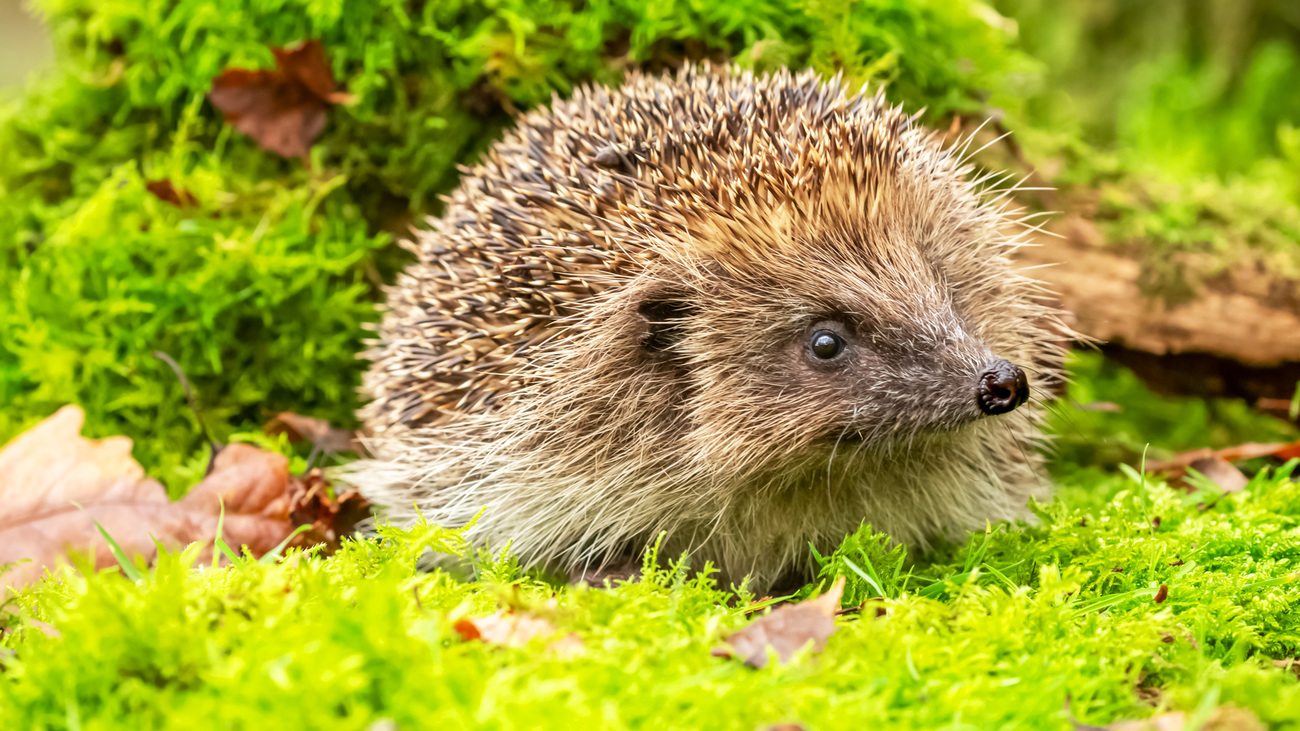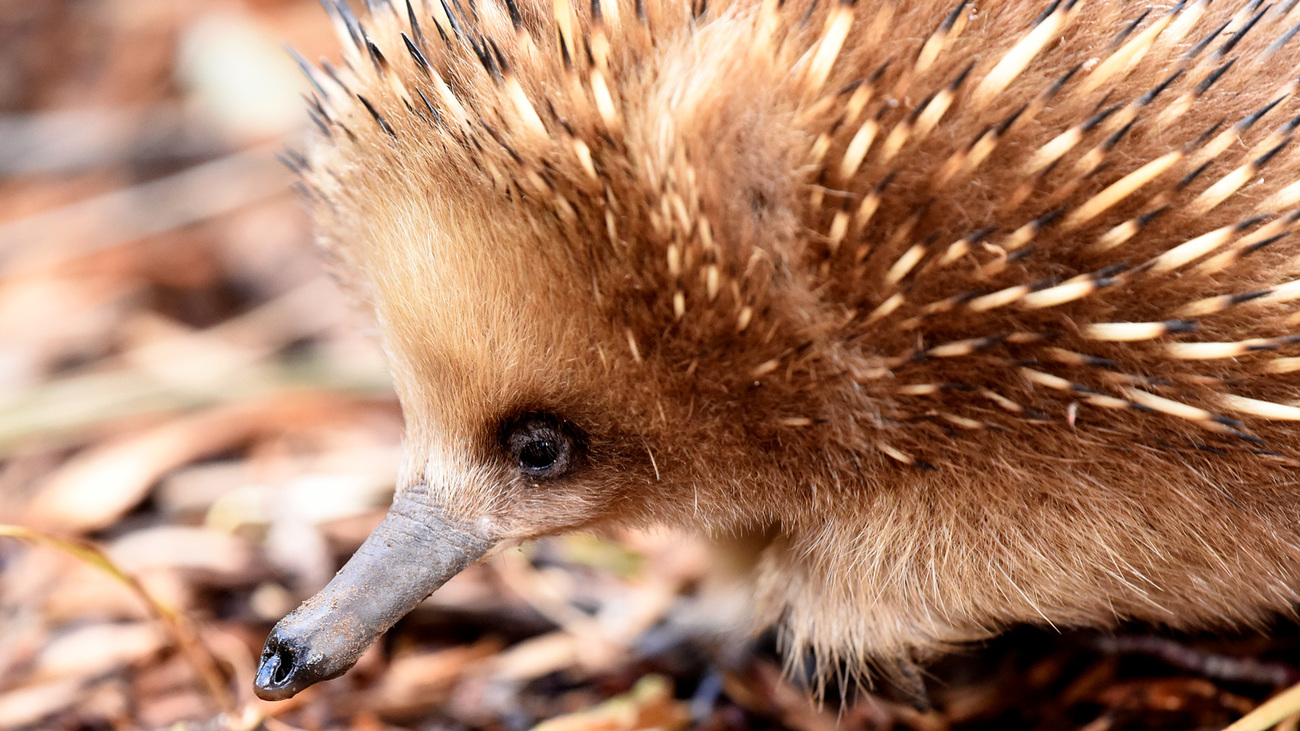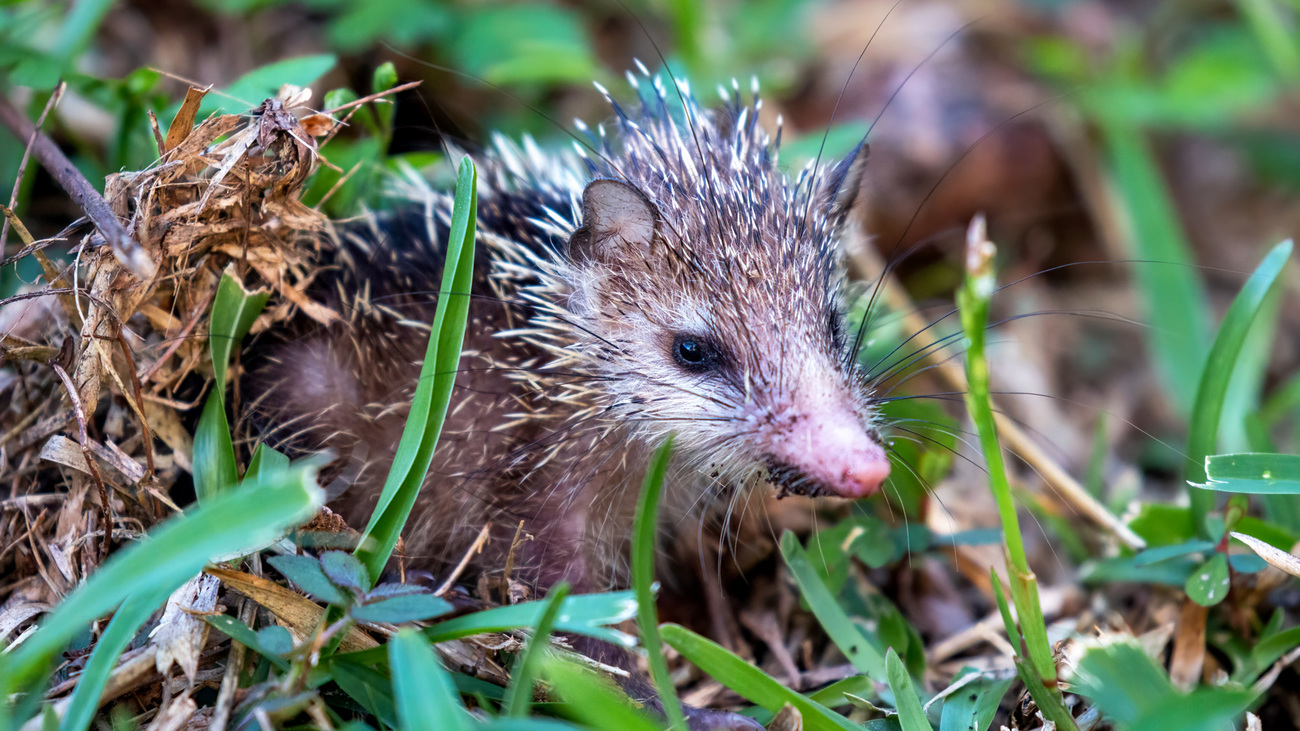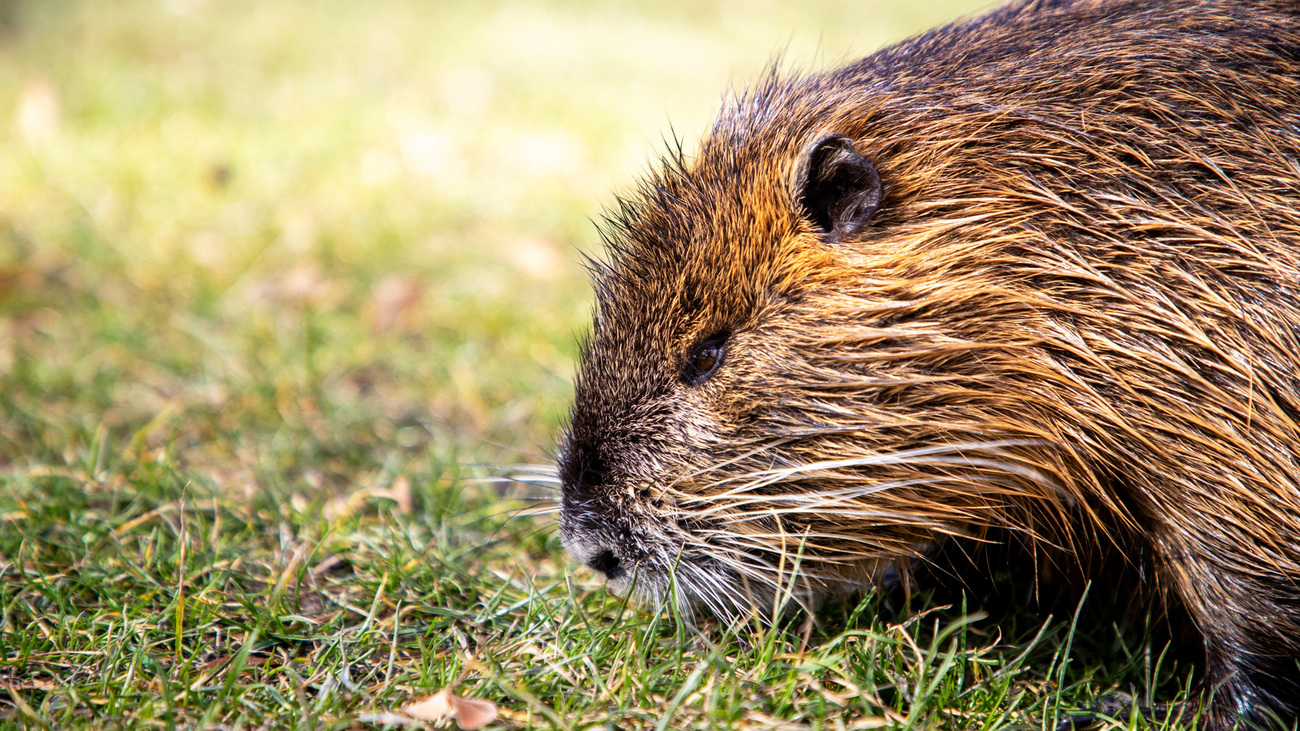Blog
Koala facts and statistics
Read moreAnimals with spines and quills
A rare feature in the animal kingdom, spines or quills are found primarily in six types of mammals: porcupines, hedgehogs, echidnas, tenrecs, spiny rats, and some species of Old World rats and mice.
Spines and quills are only found on mammals because they are a type of hair that has enlarged, stiffened, and straightened to form something much harder and spikier. Each spine or quill is coated in a thick, hardened layer of keratin—the same material that makes up all hair as well as fingernails and rhino horns—and has a pointy tip.
Functions of hair among mammals include insulation, camouflage, communication with mates or predators, sensing, and self-defense. Spines and quills can help serve these purposes. The most important function of spines and quills is defense against predators, but they are used for communication, shock absorption, and protection from the rain, too.
Though the words are used interchangeably in many cases, spines and quills are two different things. ‘Spine’ is a more general term and can describe any hair that has become hardened and spiked. A ‘quill’ is a more specific type of spine, has a spongy core, and is only found in echidnas and some rodents. As they evolved independently of each other throughout the planet’s history, spines and quills are an example of convergent evolution.
Read on to learn more about spines and quills and the animals that have them.

Porcupines are a type of rodent. In the order Rodentia, there are two families of porcupines—Hystricidae, the Old World porcupines, are found in Italy, western and southern Asia, and much of Africa, while Erethizontidae, the New World porcupines, are found in North and South America. A few key differences between the two families are that Old World porcupines are generally larger and more strictly nocturnal.
Found on their backs and sides, porcupines’ quills vary in length across their bodies, unlike the spines of hedgehogs, which are all very similar lengths. On their heads, necks, feet, and bellies, Old World porcupines also have some short, flat spines. New World porcupines have softer fur on their undersides. Baby porcupines are born with their quills, but they don’t work well for the first few months of their lives.
Porcupine quills become erect when they spot a nearby predator. These quills have evolved to fall out easily when they become embedded in a predator’s skin or when a porcupine shakes its body. However, the common myth that porcupines can shoot quills at predators is not true. Porcupines’ quills are brittle and break easily when bent.
With their super sharp tips and backwards facing barbs, porcupine quills can easily become embedded in the skin of larger animals like foxes and dogs. Like an arrow, the barbs of a quill make it impossible to remove without causing further pain and tissue damage. The tip of the quill often breaks off and remains inside the animal’s body, moving even deeper.
Old World porcupines don’t have these barbs on their quills, but they are still quite sharp and dangerous to potential predators.
In addition to embedding their quills in predators, porcupines can also move them in a waving motion that scares them away. Some can also rub them against each other to produce rattling noises.
Sometimes, porcupines fall out of trees, which may sound extremely dangerous considering they could become impaled by their own quills. However, studies have found that porcupine quills produce natural antibiotics, which prevent bacterial growth and infection from self-inflicted wounds.

Hedgehogs are members of the subfamily Erinaceinae within the family Erinaceidae. Spread throughout Europe, Asia, and Africa, there are 17 living hedgehog species. They have been introduced to New Zealand. There are no hedgehogs in North America today, but there was one genus formerly found there, Amphechinus, which went extinct.
Unlike porcupine quills, which vary in size, hedgehogs’ spines are the same length all over their body. They don’t fall out easily due to the bulbous shape of the base. These spines are stout and slightly curved, and they don’t have barbs. Sometimes they’re called ‘prickles’.
Baby hedgehogs are born with their spines, but they are covered in a fluid-filled membrane that protects the mother. Within a day, this membrane dissolves and disappears. Their spines are initially soft, but they harden over the first few weeks of the hedgehog’s life. Within the first six months, their baby spines are replaced with harder adult spines.
Hedgehogs have a different defense strategy than porcupines. Rather than facing a predator head-on, they instead roll into balls, which causes their spines to point outwards and makes them appear unappetizing.
Because of their elasticity and strength, hedgehog spines also enable them to drop from trees and land on their backs. Some researchers think spines may have evolved to be shock absorbers rather than a defense mechanism.

Echidnas are marsupials found across Australia and New Guinea. They are also known as spiny anteaters due to their appearance, but they are not closely related to anteaters or hedgehogs. Echidnas are members of the family Tachyglossidae, within the order Monotremata—egg-laying mammals. Along with platypuses, echidnas are some of the only living mammals that lay eggs.
Echidnas’ quills resemble the spines of a hedgehog, as they are short, thick, and don’t have barbs. However, internally, they are more similar to porcupine quills, as they are described as foam-like. Researchers know little about echidna quills in comparison to the quills and spines of other animals. However, they have observed that they are resistant to bending and have blunt tips, which suggests that they serve as armor.

Found only in Madagascar, tenrecs are small mammals of the family Tenrecidae. Out of 31 living tenrec species, five have spines. Two of these species are known as hedgehog tenrecs due to their similar appearance to hedgehogs.
Like those of hedgehogs, the spines of hedgehog tenrecs don’t fall out easily. However, their internal structures differ. Hedgehog tenrecs are born with their spines, though they are soft and grow firmer as they get older.
Like porcupines, tenrecs can produce sounds by rubbing their spines against each other. This is used as a form of communication rather than for self-defense. Tenrecs may make these sounds during feeding, social contact, courtship, exploration, or when faced with predators.

The members of the family Echimyidae are known as neotropical spiny rats. These rodents are found in South America, Central America, and the Caribbean. They have flattened, round spines that are more pliable than the quills of porcupines. These spines aren’t as effective in defending against predators as the spines of other mammals.
Thankfully, spiny rats have another unique defensive technique. Many of these species can break off their tails when they’re attacked, which surprises and confuses predators, giving them a chance to escape. However, they can’t grow them back, so this can only be done once.
Why do spiny rats have these spines if they aren’t good defense against predators? One hypothesis is that they help keep the animals warm and dry in the rain.
In addition to all the animals named above, there are a few other species of rats and mice that have spines within the family Muridae (Old World rats and mice). The genus Acomys contains more than a dozen species of rodents known as spiny mice found in Africa. These mice have rigid spines on their upper parts. The genus Tokudaia contains three spiny rodent species known as spinous country-rats or Ryukyu spiny rats, found in Japan.
Want to learn more about fascinating animals like these that live around the world? Check out IFAW’s animal pages.
Our work can’t get done without you. Please give what you can to help animals thrive.
Unfortunately, the browser you use is outdated and does not allow you to display the site correctly. Please install any of the modern browsers, for example:
Google Chrome Firefox Safari